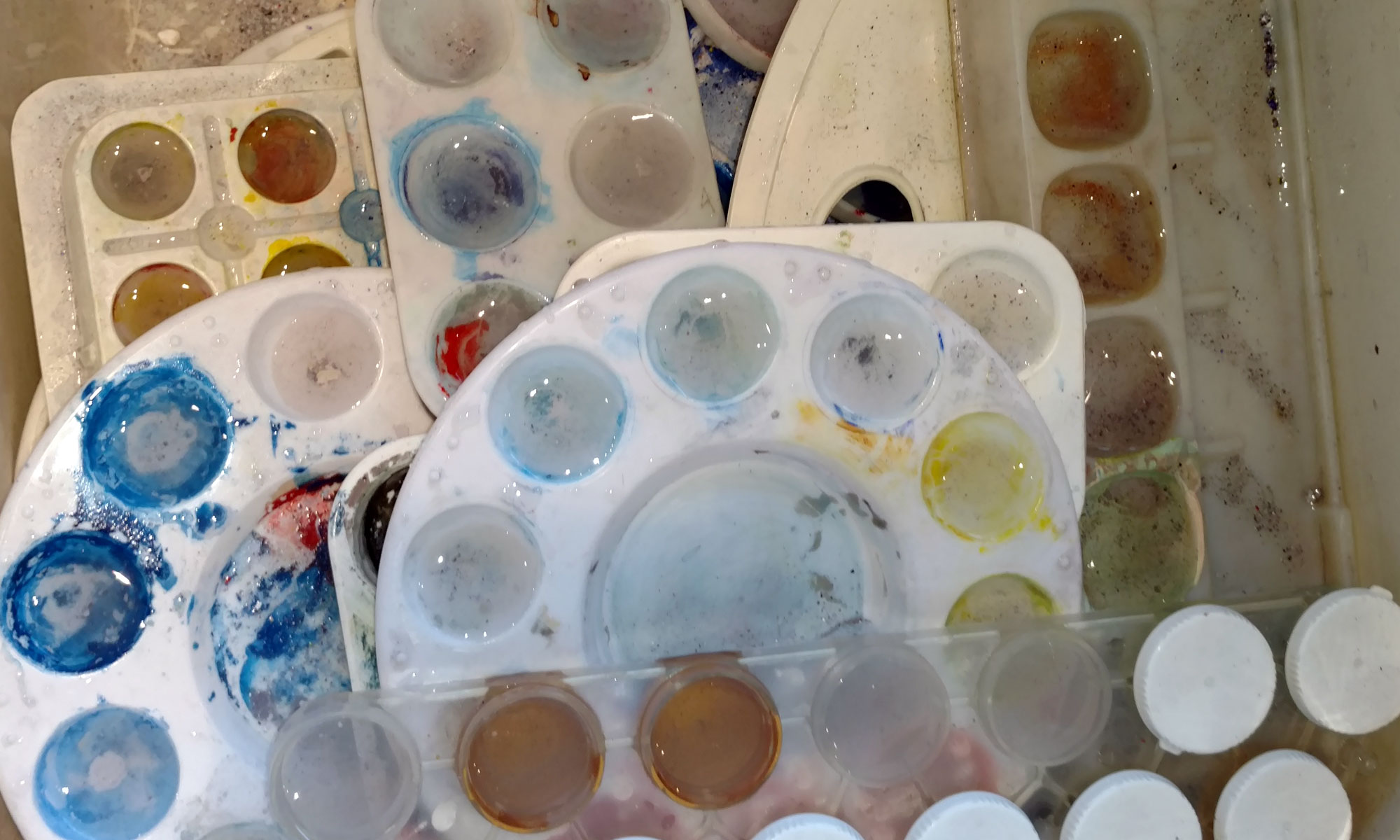 When I first began trying to develop a pointed pen script, my most urgent questions were about tools and materials. I was never sure whether I was using a nib that was suitable for the script, whether the ink was capable of suitable thicks and thins, whether the paper was contributing to the catches and spatters, and so on. Answers to my questions about pen nibs were usually something along the lines of: “It all depends on your preferences. Everybody writes a little differently. What works for one person may not work for another …” In fairness, these answers are very accurate. Still, it was a frustration for someone who didn’t have the experience to be able to judge what was causing what.
When I first began trying to develop a pointed pen script, my most urgent questions were about tools and materials. I was never sure whether I was using a nib that was suitable for the script, whether the ink was capable of suitable thicks and thins, whether the paper was contributing to the catches and spatters, and so on. Answers to my questions about pen nibs were usually something along the lines of: “It all depends on your preferences. Everybody writes a little differently. What works for one person may not work for another …” In fairness, these answers are very accurate. Still, it was a frustration for someone who didn’t have the experience to be able to judge what was causing what.
On the Ornamental Penmanship list, Nan recently posted a link to Caroline Paget Leake’s article about choosing a pen nib for a pointed script. I’d read this excellent advice before, and it bears mention here. The article was written, I believe, before the development and production of my currently favorite nib, the Leonardt Principle (shown above). John Neal provides photos and more information about a selection of nibs here.
Although the Leonardt Principle is my favorite all-around nib, I also use Brause EF66 nibs for finer work, and I still like vintage Hunt 22 nibs. But the advice I got stands, and your mileage may vary.
